Kimchi
POSTED ON October 1, 2009

kimchi
I was introduced to the excitement and delight of fermenting foods by Sandor Katz (mentioned here). After a five day workshop with him all I wanted to do was retreat to a country kitchen and experiment. He showed us how to make ferments from all over the world: miso, cheese, mead, dosa, injera and even fruit kimchi. All these recipes and his broad knowledge and unique experience are beautifully put together in his book Wild Fermentation. I highly recommend it. Kimchi was the first thing I made after that inspiring workshop and we put it on the menu at Angelica Kitchen immediately.
Kimchi is a spicy Korean condiment made from cabbage that is fermented with chili, garlic, ginger, scallions and some times fish. The recipe below is a basic fermentation method and can be adapted to any flavor/vegetable combination you want . Make it with just cabbage and it’s sauerkraut, then try adding other flavors to that like caraway seeds, curry spices, mustard seeds…the sky is the limit. Making kimchi, sauerkraut or pickles is a great way to preserve the last of the local cabbage and all those colorful chilis.
Traditional cultures from all over the world consumed a variety of fermented foods in their daily diet from kimchi and soybean ferments like: miso, tempeh and tamari in Asia; sourdough breads and sauerkraut in Russia; and fermented dairy products like kefir, yogurt and cultured butters in all parts of Europe. These days we eat far less, if any ferments, and further, many of the things we consume, like antibiotics, chlorinated drinking water, alcohol and even antiseptic mouth washes decimate the “good” intestinal bacteria, disrupting the delicate balance.
Lactobacillus acidophilus found in fermented foods is not only beneficial in restoring healthy intestinal flora, a key factor to assimilating nutrients in the digestion process, but also helps the body produce natural antibiotics (supporting your immune system) and anti-carcinogenic compounds (helping to fight cancer).
Adding just a 1/4 cup of sauerkraut, kimchi or other naturally fermented pickle to your daily diet will boost and maintain helpful intestinal bacteria. Make sure that the sauerkraut and pickles you buy are naturally fermented and unpasteurized to ensure that you are getting your daily dose of active live enzymes.

kimchi ingredients, left out the cilantro
“The science and art of fermentation is, in fact, the basis of human culture: without culturing, there is no culture…. Culture begins at the farm, not at the opera house, and binds a people to a land and its artisans.” Sally Fallon

ready to ferment

packing the kimchi

day 1

day 7
P.S. Check out rodale.com for more health tips from me.
Kimchi
1 Napa cabbage (1 3/4 pound), you can also use green cabbage
2 carrots, thinly sliced
6 radishes, thinly sliced
6 to 8 scallions or a medium onion, thinly sliced
1 1/2 inch piece ginger
4 large cloves garlic
4 red jalapeño or other kind of chili, more if you like it hot
2 1/2 tsp sea salt
Slice cabbage and place in a large bowl. Add carrots, radishes and onion.
Peel ginger and place in a food processor with garlic and chili. Process until finely minced and add to the bowl with cabbage. Sprinkle with sea salt and using your hands mix everything, kind of massaging everything together, until the cabbage wilts and gets juicy. It should taste a little saltier than you would prefer, this changes as it ferments.
Pack into a crock or vase with straight sides, packing it down with your fist as you go, the liquid should come to the top.
Use a small plate, that fits inside the crock to keep the kimchi down and top with a jar filled with water. The idea is to keep the liquid covering the top of the kimchi, it acts as a seal. Cover everything with a cloth to keep any bugs out. Place in a well ventilated (it will smell), cool area and let it ferment for 5 to 7 days. The length of time will depend on the temperature of your kitchen. Taste after 5 days and if you feel that the flavor is well developed and to your liking then it’s ready.
Remove weight and scoop off any mould or discoloration that is floating on the liquid or the top of the cabbage. Drain liquid off and drink it if you like, or use in salad dressings, chilled soups or add some to your next batch.
Pack kimchi into jars and store in the refrigerator. It lasts for months, the cold temperature will slow the fermentation but not stop it completely, so it may get stronger. Enjoy!
Makes about 4 cups.
POSTED IN Condiments, Gluten free
never miss a recipe!


 tweet it
tweet it pin it
pin it

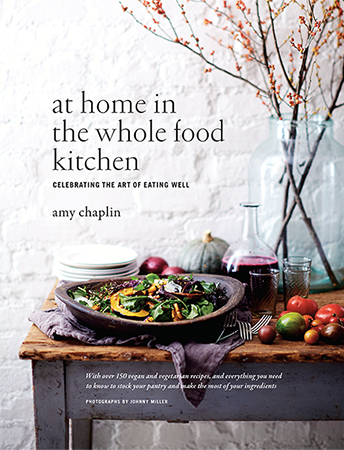


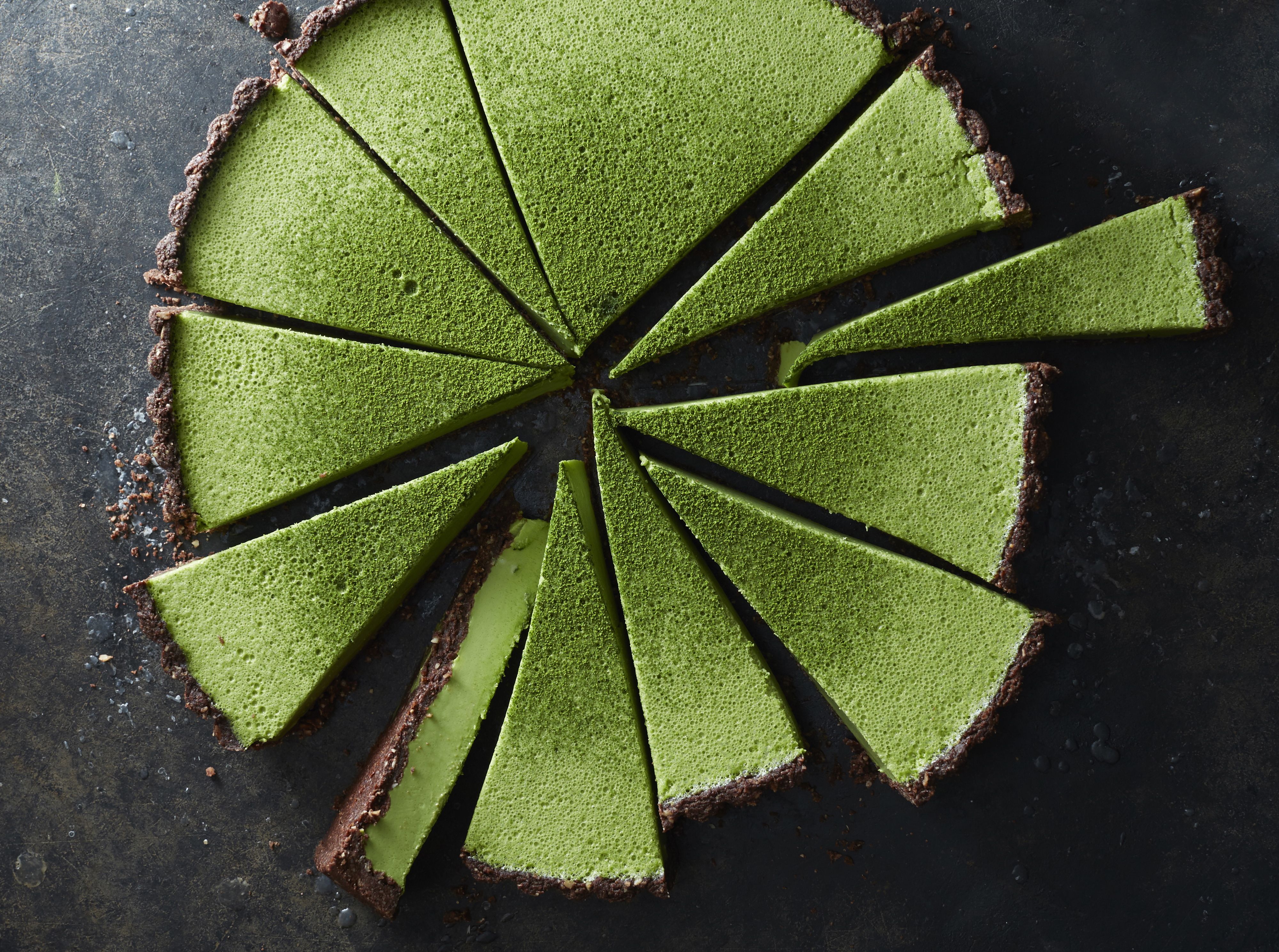
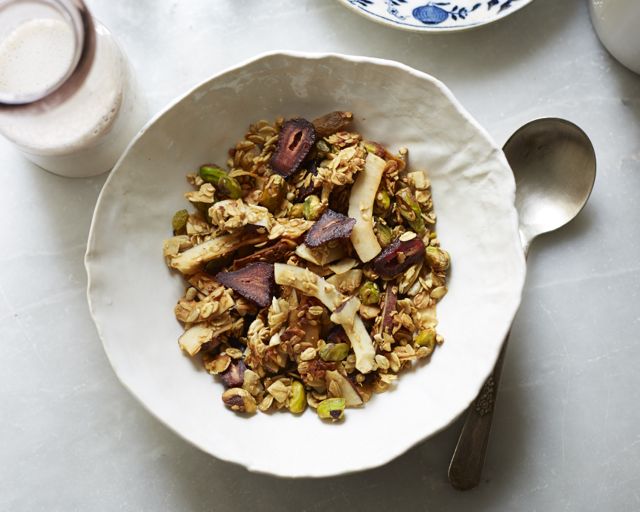
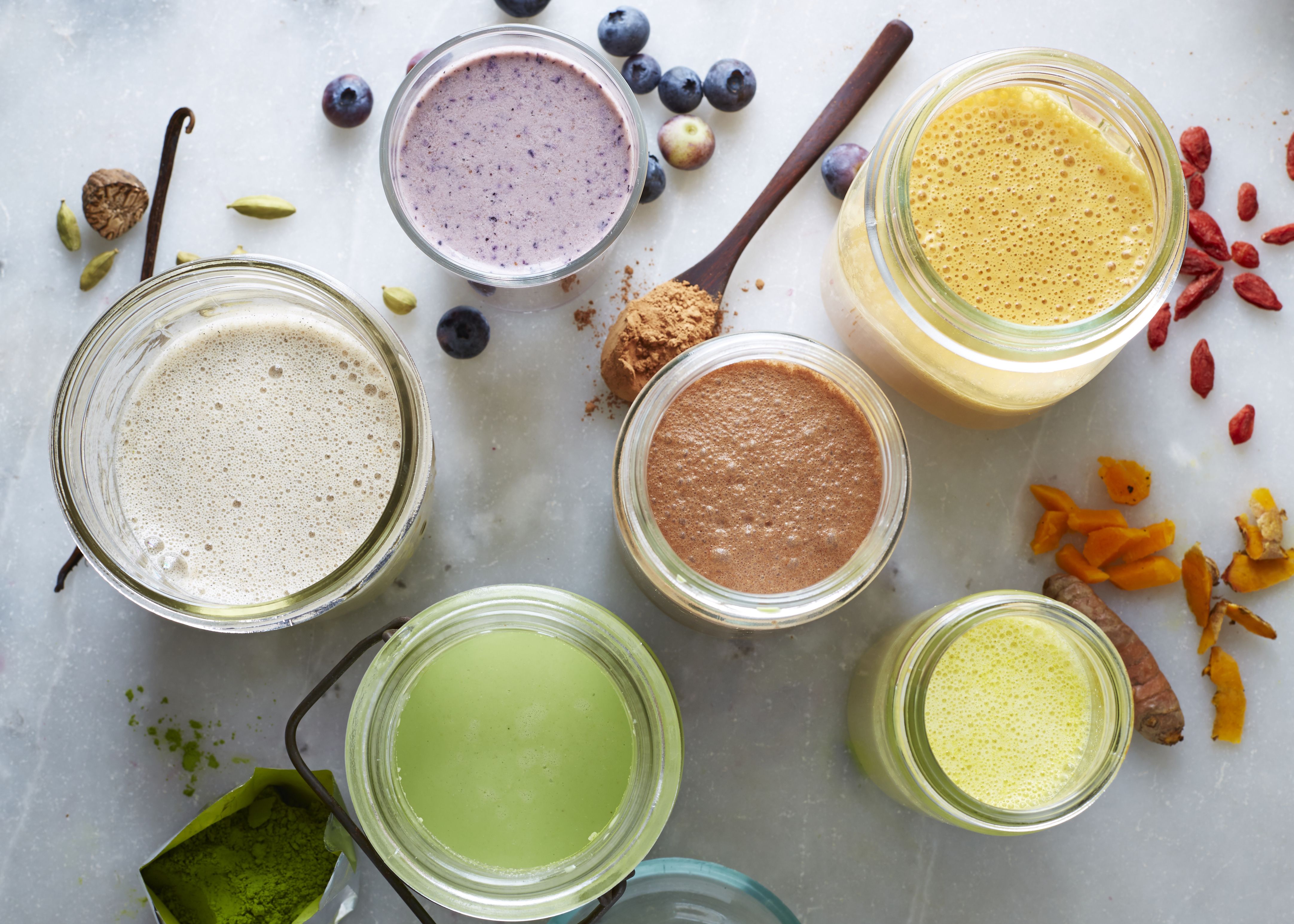
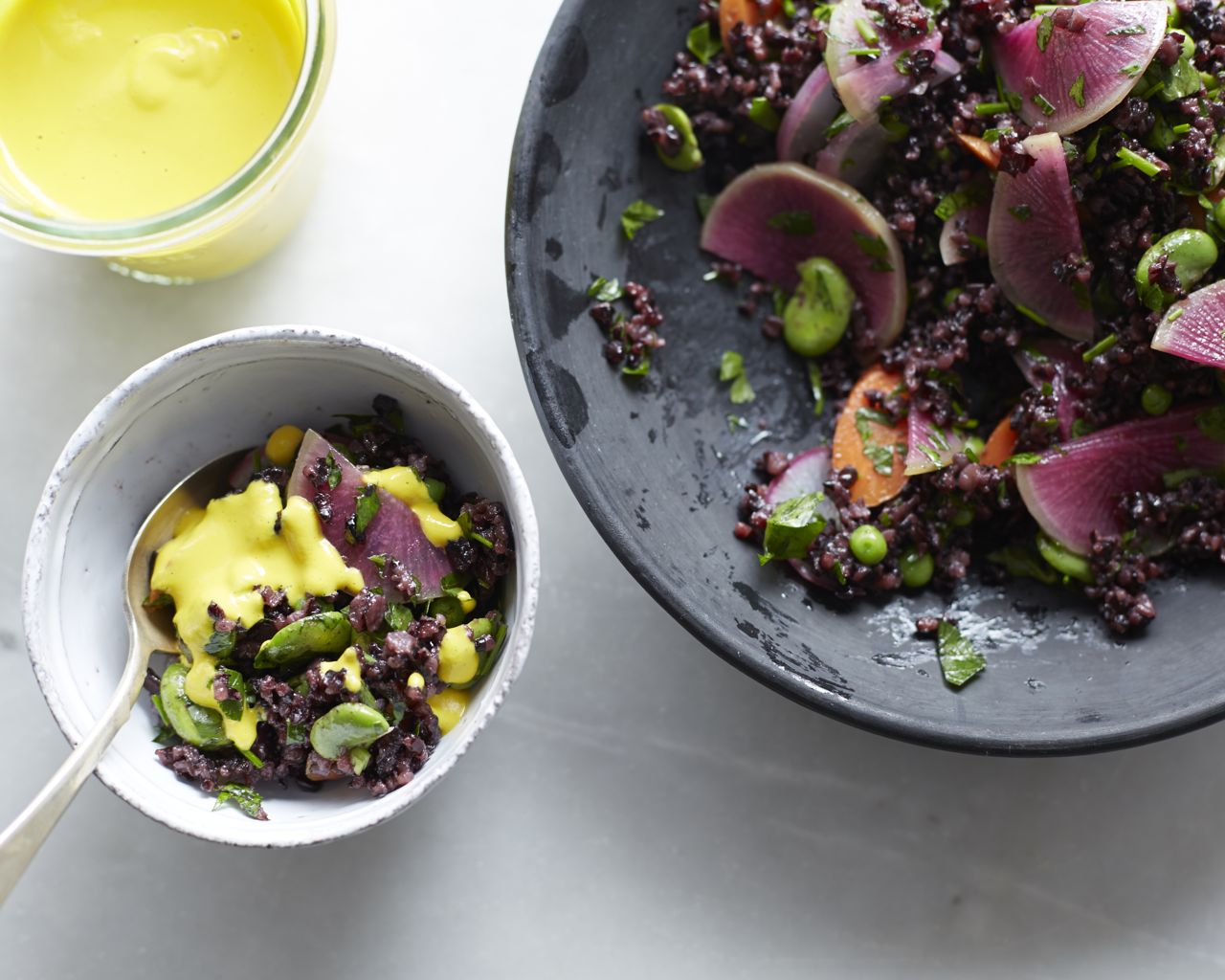
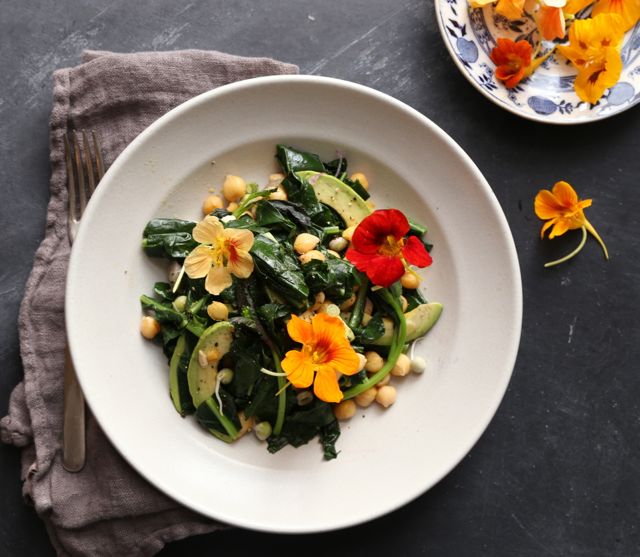
Absolutely gorgeous, Amy! And the recipe I’ve been dying to get my hands on since I first tried your kimchi at Angelica. Thank you!
yum totally going to make this!
Hey Jennifer, it’s got a lot more heat than the one at AK and ferments a little faster with Nappa cabbage…Happy pickling!
Fantastic Amy – the quote you give of Sally Fallon I have her wonderful book and try to follow principals of Weston Price traditional way of eating AND fermentation is a big part of that. So thanks for this, I needed recipes/ideas for fermented foods apart from commercial saurkraut which I don’t like!!
yum! I was lucky enough to pop by as this kimchi was being served up. its really delicious and so good for you!
I love it, I will make it myself, yummy.
I had Kimchi in Korea, but it never looked this good.
I am just making my second batch of this using in season spring cabbage and some left over juices from the first. The previous batch was very tasty and a welcome addition to my winter larder and helped lift the cold, dark days of winter up here in northern Sweden. Many thanks.
I’m in the midst of my first batch and am so excited but my husband is not enjoying the strong smell. I have it in our pantry which helps a little but do you have any suggestions for a better place to ferment?? I’m still loving your book and hoping for another one soon 🙂
Thanks!
Katie
Hi Katie,
I know the smell of Kimchi is unpleasant and it’s the reason I often buy it instead, others don’t smell as bad. I have some ferments in the basement but I know a garage or basement are not always an option. In cooler weather its ok outside but depending on where you are I think its too hot right now. I suggest putting it as far away as you can…and let your husband know it will be over soon 🙂 Once its in the fridge in jars it won’t smell at all.
So happy you’re still enjoying my book!
Amy x